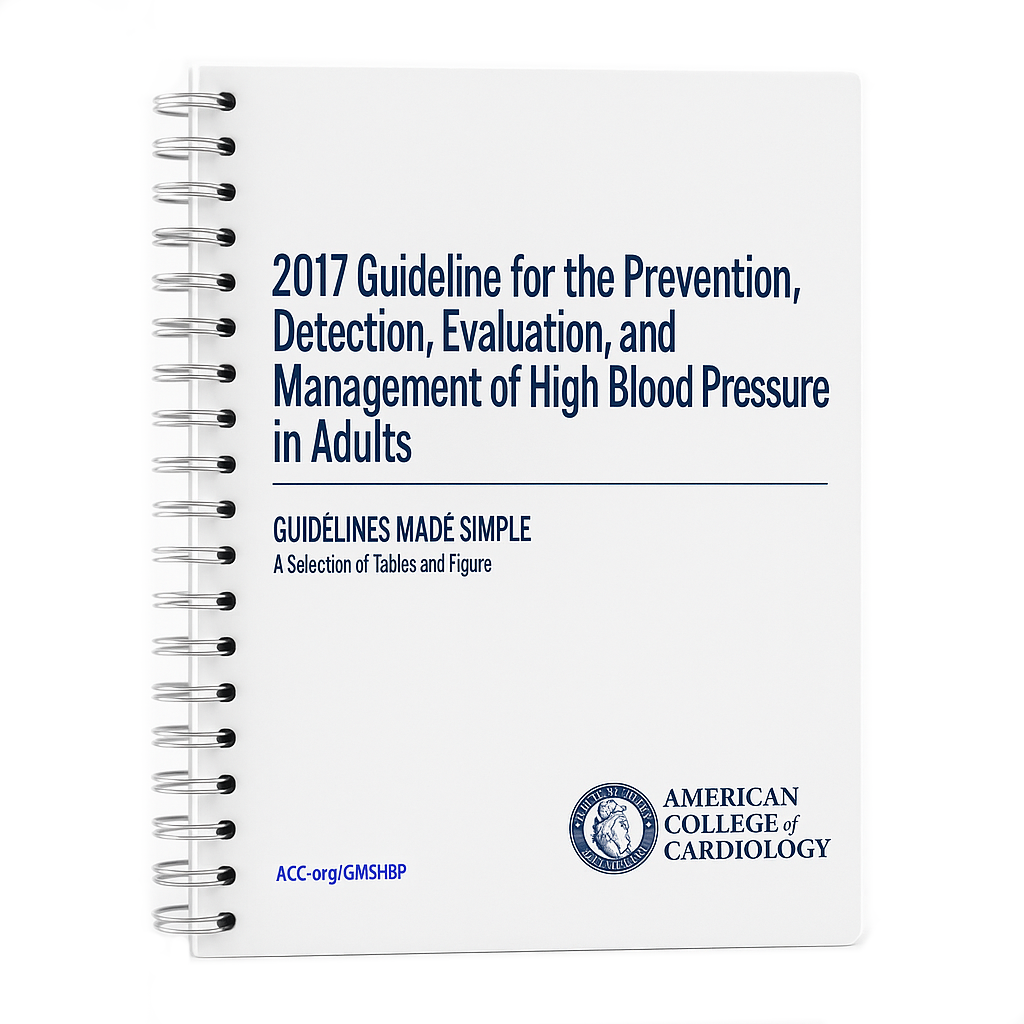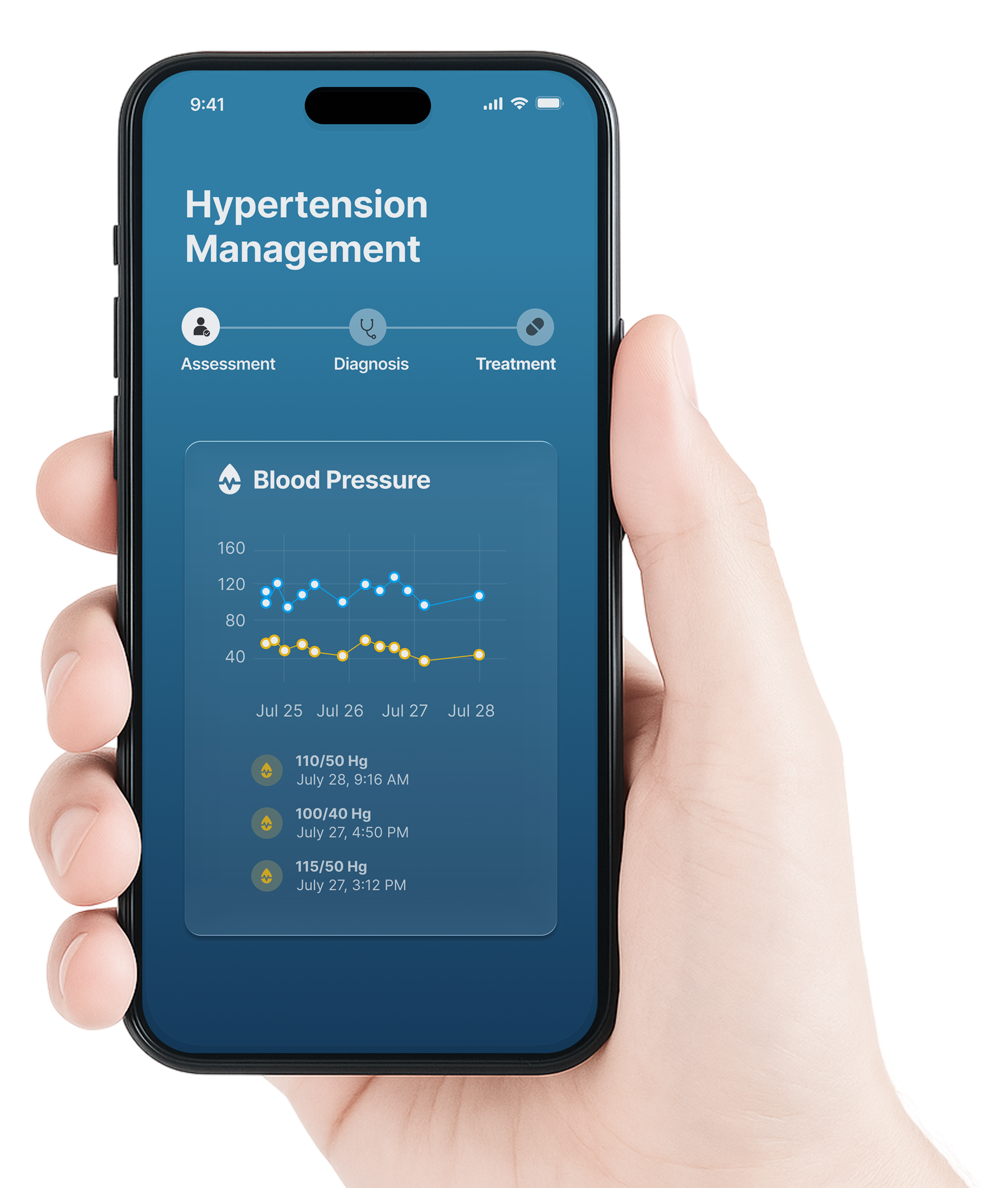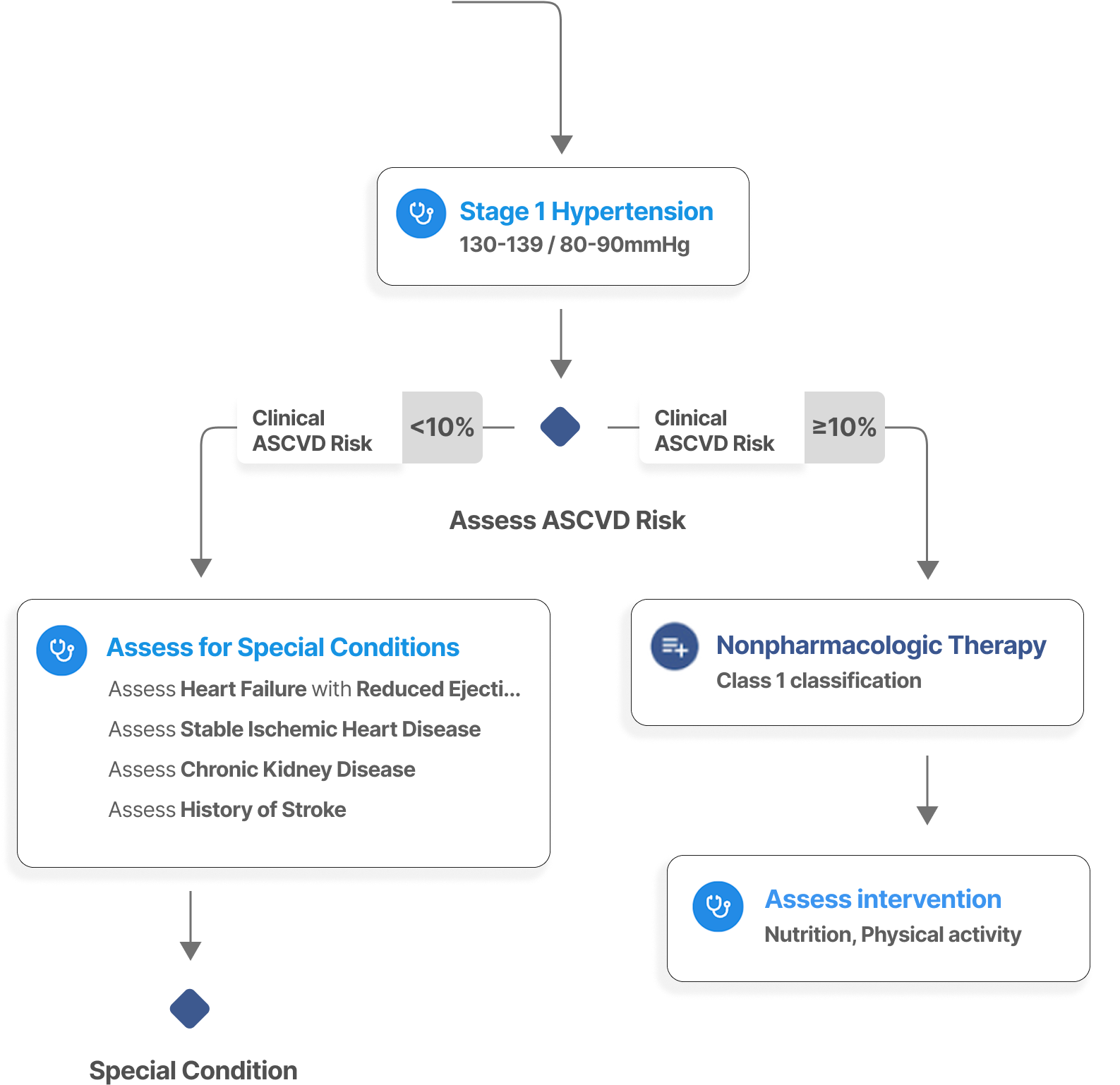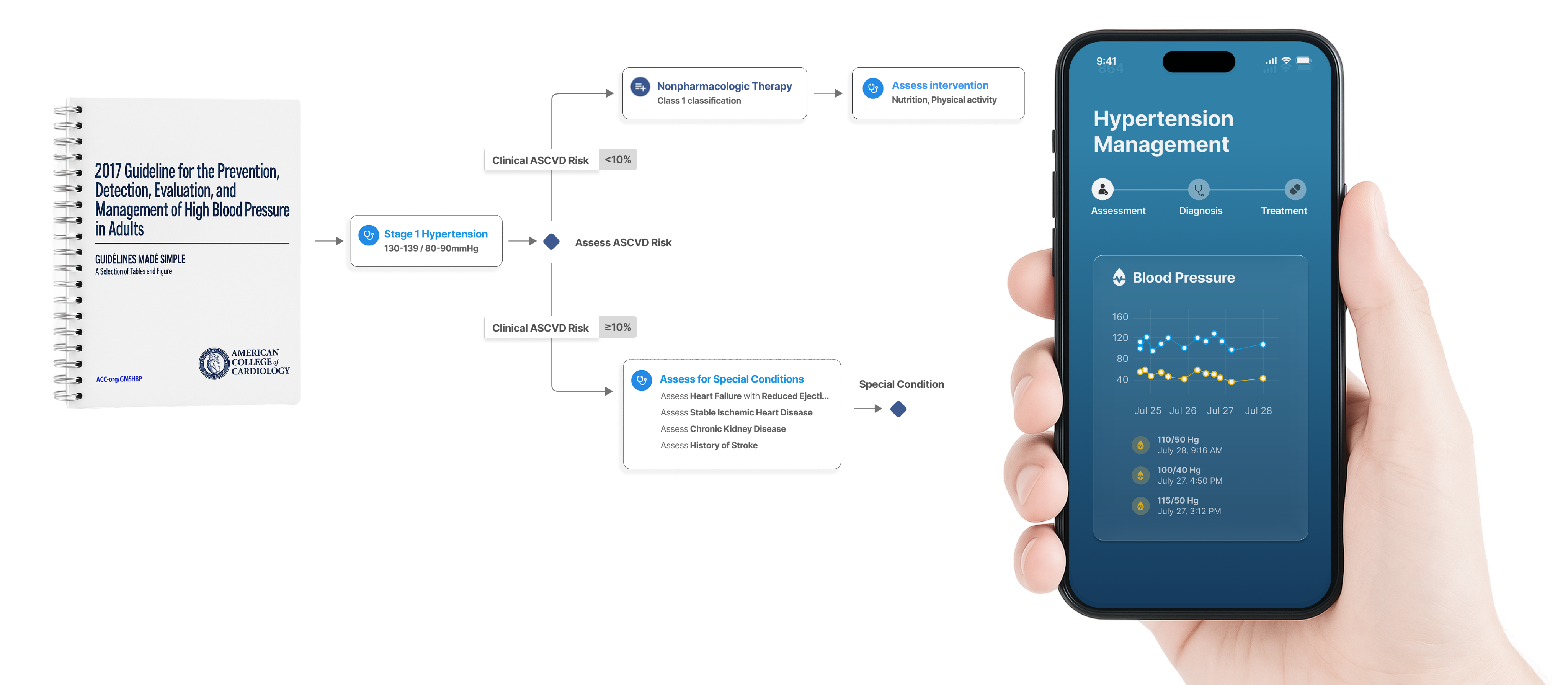
What is CPBA?
CPBA autogenerates micro-apps that hard-wire evidence-based care paths, whether that’s heart failure decongestion on day two, hypertension dose titration at home, or prediabetes lifestyle coaching. Each micro-app surfaces only the data, nudges, and tasks that matter for that clinical path, then disappears when it’s no longer needed.
Why Generic Tools Fall Short
Ready to see CPBA in action? Shoot me an email at sarah@cambrianhealth.ai,
I’m happy to share a five-minute demo.
cambrianhealth.ai
Cambrian HealthBecause it’s care-path-based, the same engine can spin up solutions for AFib follow up, CKD lab monitoring, stroke rehab... wherever a guideline exists and variation erodes quality. Over time, CPBA becomes a living library of best practice pathways hospitals can deploy on demand.
Where CPBA goes next
The Call to Action
If your quality improvement roadmap depends on squeezing more time out of clinicians, you’ll hit diminishing returns. Shift the conversation to outcomes. Start with one care path, prove the value, then scale across the service line.
Care Path Based Automation
- Tailored clinical logic & thresholds
- Drag and drop edits (hours)
- Outcome guarantees
Generic AI Workflow
- “One size fits all” task engines
- IT heavy builds (months)
- Productivity metrics
Three ways CPBA flips the script
Why Care Path Based Automation (CPBA) Beats Generic AI Workflows
Clinical teams are drowning in “productivity” tools that promise to shave seconds off documentation or reroute messages more efficiently. Those gains matter, but they don’t move the needle on length of stay, readmissions, or value-based penalties. To change real outcomes, hospitals need something sharper than generic workflow automation. They need Care-Path-Based Automation (CPBA).




What is CPBA?
CPBA autogenerates micro-apps that hard-wire evidence-based care paths, whether that’s heart failure decongestion on day two, hypertension dose titration at home, or prediabetes lifestyle coaching. Each micro-app surfaces only the data, nudges, and tasks that matter for that clinical path, then disappears when it’s no longer needed.
Why Generic Tools Fall Short
Ready to see CPBA in action? Shoot me an email at sarah@cambrianhealth.ai,
I’m happy to share a five-minute demo.
cambrianhealth.ai
Cambrian HealthBecause it’s care-path-based, the same engine can spin up solutions for AFib follow up, CKD lab monitoring, stroke rehab... wherever a guideline exists and variation erodes quality. Over time, CPBA becomes a living library of best practice pathways hospitals can deploy on demand.
Where CPBA goes next
The Call to Action
If your quality improvement roadmap depends on squeezing more time out of clinicians, you’ll hit diminishing returns. Shift the conversation to outcomes. Start with one care path, prove the value, then scale across the service line.
Care-Path-Based Automation
- Tailored clinical logic & thresholds
- Drag and drop edits (hours)
- Outcome guarantees
Generic AI Workflow
- “One size fits all” task engines
- IT heavy builds (months)
- Productivity metrics
Three ways CPBA flips the script
Why Care Path Based Automation (CPBA) Beats Generic AI Workflows
Clinical teams are drowning in “productivity” tools that promise to shave seconds off documentation or reroute messages more efficiently. Those gains matter, but they don’t move the needle on length of stay, readmissions, or value-based penalties. To change real outcomes, hospitals need something sharper than generic workflow automation. They need Care-Path-Based Automation (CPBA).


What is CPBA?
CPBA autogenerates micro-apps that hard-wire evidence-based care paths, whether that’s heart failure decongestion on day two, hypertension dose titration at home, or prediabetes lifestyle coaching. Each micro-app surfaces only the data, nudges, and tasks that matter for that clinical path, then disappears when it’s no longer needed.
The Call to Action
Why Generic Tools Fall Short
Ready to see CPBA in action? Shoot me an email at sarah@cambrianhealth.ai,
I’m happy to share a five-minute demo.
cambrianhealth.ai
Cambrian HealthBecause it’s care-path-based, the same engine can spin up solutions for AFib follow up, CKD lab monitoring, stroke rehab... wherever a guideline exists and variation erodes quality. Over time, CPBA becomes a living library of best practice pathways hospitals can deploy on demand.
Where CPBA goes next
The Call to Action
If your quality improvement roadmap depends on squeezing more time out of clinicians, you’ll hit diminishing returns. Shift the conversation to outcomes. Start with one care path, prove the value, then scale across the service line.
Care-Path-Based Automation
- Tailored clinical logic & thresholds
- Drag and drop edits (hours)
- Outcome guarantees
Generic AI Workflow
- “One size fits all” task engines
- IT heavy builds (months)
- Productivity metrics
Three ways CPBA flips the script
Why Care Path Based Automation (CPBA) Beats Generic AI Workflows
Clinical teams are drowning in “productivity” tools that promise to shave seconds off documentation or reroute messages more efficiently. Those gains matter, but they don’t move the needle on length of stay, readmissions, or value-based penalties. To change real outcomes, hospitals need something sharper than generic workflow automation. They need Care-Path-Based Automation (CPBA).
